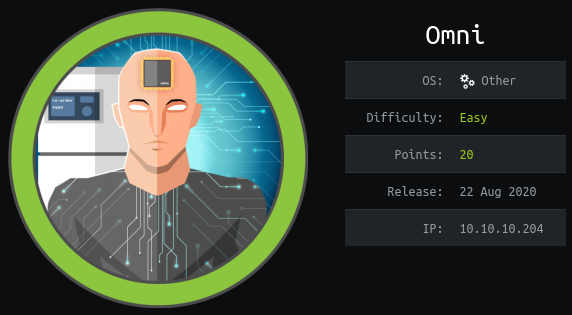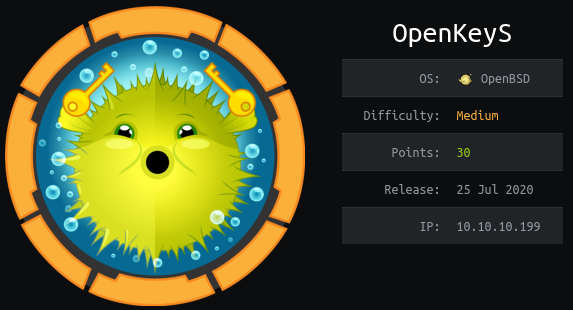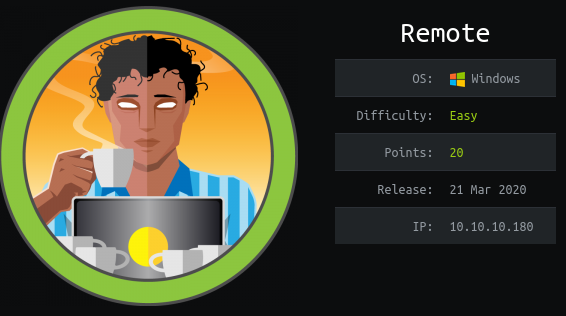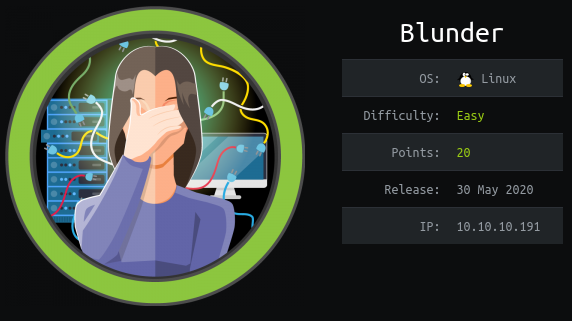HTB: Academy
Posted on 28 Feb 2021 in security • Tagged with security, boot2root, HTB, Linux, laravel, composer • 5 min read

This is a writeup about a retired HacktheBox machine:
Academy created by
egre55 and
mrb3n and publish on
November 7, 2020.
This box is classified as an easy machine. The user part involve a public
exploit and some enumeration. The root part implies enumeration and a sudo
binary.
Continue reading








